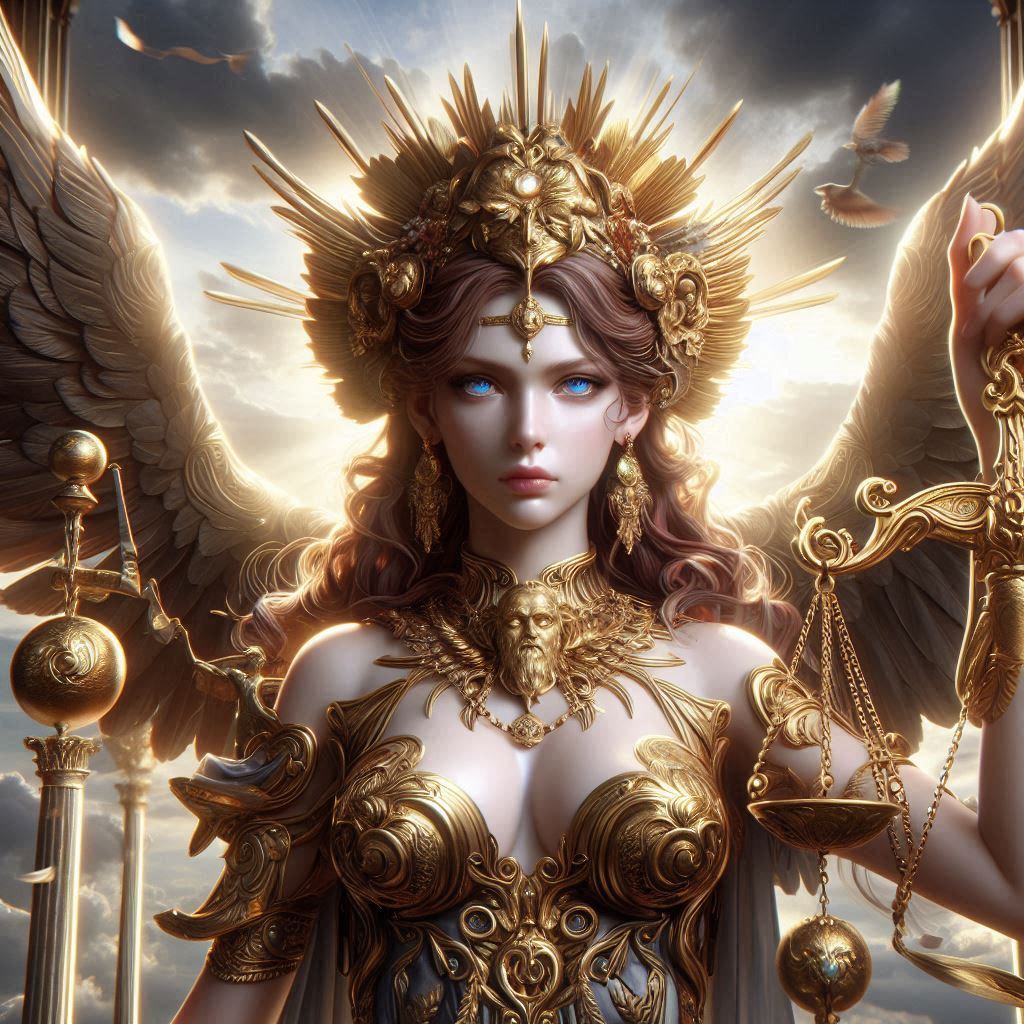Table of Contents
The Evolution of Storytelling in Death Note: A Narrative Analysis
Death Note, created by Tsugumi Ohba and illustrated by Takeshi Obata, stands as a hallmark of psychological thrillers in the realm of anime and manga. Its compelling storyline, deep moral questions, and dynamic character development make it an exemplar of narrative ingenuity. This essay explores the evolution of the story, focusing on its structure, thematic depth, and character interplay.

The Premise and Initial Setup
The story begins with an ingenious and captivating premise: a high school student, Light Yagami, stumbles upon a mysterious notebook that allows him to kill anyone whose name he writes in it, provided he knows their face. This discovery sets the stage for a moral and intellectual chess game between Light, who adopts the persona of “Kira,” and L, a brilliant detective determined to uncover Kira’s identity.
The initial chapters and episodes establish a world grounded in realism but layered with supernatural elements. The rules of the Death Note are meticulously explained, creating a framework within which the characters operate. This structure imbues the narrative with a sense of plausibility despite its fantastical premise. From the outset, Death Note employs a classic “what if?” scenario, prompting audiences to ponder the implications of absolute power and the corruption it entails.
The Intellectual Duel: Light vs. L
The core of Death Note’s story development lies in the intellectual battle between Light and L. These two characters, each embodying contrasting philosophies and methodologies, engage in a cat-and-mouse game that drives the plot forward. Light, convinced of his moral superiority, seeks to create a utopian world by eliminating criminals. In contrast, L, operating from a place of legal and ethical rigor, believes no individual should wield the power of life and death.
The interplay between these two characters is masterfully executed. Their confrontations, often taking place through dialogue or indirect actions, are imbued with tension and strategy. This phase of the story emphasizes themes of justice, morality, and the limits of human intellect. The suspense is heightened by the introduction of side characters like Light’s father, Soichiro, and his eventual accomplice, Misa Amane, who add complexity to the narrative web.
The Turning Point: L’s Death
The midpoint of Death Note introduces a dramatic shift in its storytelling. L’s death, orchestrated by Light through meticulous planning, marks the climax of their rivalry. While this event solidifies Light’s dominance, it also signals a tonal and narrative transition. The absence of L creates a void, and the introduction of new antagonists, Near and Mello, attempts to fill this gap.
Critics often argue that the story loses some of its momentum after L’s demise. Near and Mello, though intellectually formidable, lack the enigmatic charm and narrative weight of L. Nevertheless, their inclusion broadens the thematic scope of the series, exploring new dimensions of ambition, teamwork, and the consequences of Light’s unchecked power.
Thematic Evolution
Throughout its narrative arc, Death Note evolves thematically, delving into increasingly complex questions about morality, power, and identity. Initially, the series portrays Light as a sympathetic protagonist, a young man disillusioned with a corrupt world. However, as the story progresses, Light’s transformation into a megalomaniacal figure underscores the corrupting influence of absolute power.
The story also challenges viewers to consider the nature of justice. Is Light’s vision of a crime-free world justifiable, or does it represent tyranny? L’s methodical approach to upholding the law contrasts sharply with Light’s authoritarianism, creating a nuanced exploration of ethical dilemmas.
The Climactic Finale
The final confrontation between Light and Near brings the story full circle. Near, employing a strategy reminiscent of L, outmaneuvers Light and exposes his identity as Kira. The revelation is both dramatic and tragic, culminating in Light’s death at the hands of Ryuk, the Shinigami who gave him the Death Note. This ending reinforces the cyclical nature of the story, as Ryuk had forewarned Light that the notebook’s power would ultimately lead to his downfall.
Conclusion
The development of Death Note’s story is a testament to the power of strategic storytelling. Its initial intrigue, driven by a high-stakes intellectual rivalry, transitions into a broader exploration of power and morality. While some fans argue that the second half of the series lacks the intensity of the first, it nonetheless offers a compelling conclusion to a narrative that challenges audiences to question their own beliefs about justice and humanity.
In Death Note, Tsugumi Ohba and Takeshi Obata created a narrative that is as thought-provoking as it is thrilling. Its legacy endures, not only for its intricate plot and memorable characters but also for its profound philosophical inquiries into the nature of right and wrong.


No responses yet